If you want your brand to be heard, start by listening
When I was 16, I was lucky enough to sit behind the scenes and watch an interview with legendary broadcaster Michael Parkinson. For once, he was being interviewed about his achievements. That experience taught me two things. 1. Always wear your hair in an interesting way – he later asked after me; “How’s the young lady with two plaits doing?” and 2. Successful communicating starts with listening. When asked about his success, he claimed it was simple. When he interviewed the latest Hollywood actor or politician, he didn’t just run through a list of questions, he listened to their responses and was flexible with where he took the interview. If his guest took him in a different direction, he went there with them. After all, wouldn’t that be more interesting for the audience? Isn’t that how a two-way conversation goes? In that way he took his audience with him and let them in on his experience.
But what’s that got to do with how brands communicate with their customers? Well, I believe the same rule applies. Yes, there is a brand message that you need to share and yes, it’s important the audience receives the information, but if you really want them to engage with you, you have to listen to them. Only that way can you start to understand how to make them listen to you.
The media landscape has become cluttered and hectic, with brands all trying to shout the loudest move the fastest, but those that truly succeed and who are able to cut through the uncertainty are the brands that have taken the time to listen to their audience and listen harder, understanding what will resonate and how best to deliver the message.
There’s two ways a brand can do that.

The first is through social listening. What people say from behind their keypads when they’re angry, or when they’re excited is often a very real expression of what they think of a brand in that moment. Understanding that can go a long way to helping you communicate the right messages in the right way. Ongoing monitoring of your brand and your competitors is an obvious starting place but collecting data is only part of the process. That data needs to be analysed in order to identify key trends that will help lead you to an insight embedded in real life. The brands that really make social listening matter are those that then take action. That action can be as simple as responding at the right time and in the right way.
Look at Cadbury and the launch of the new Twirl. Cadbury listened to the frustration and angst that began to surface on Twitter around the struggles and cravings for a Twirl Orange and responded by creating an “only on Twitter” presale through a live stream showcasing people’s Tweets begging for a Twirl Orange. All people had to do was reply to the live stream, which was full of frenzied Tweets to request one of the limited 10,000 bars. The frenzy itself became newsworthy outside the social channel.
Listening to their audience really delivered.
The second way a brand can really listen is through wider, cultural listening. Understanding the zeitgeist and responding with an overarching message or communication platform which shows the brand has taken notice and that it cares about its consumers lives and what matters to them, perhaps even more than it does about the bottom line.
Nike gets this right time after time.
Whether you loved the sentiment or burnt your trainers in response to some of their recent campaigns, you couldn’t fail to agree that Nike has kept ahead of its competitors, and brands in general, when it comes to brand awareness and relevance by understanding the importance of sport as more than the sum of its parts. Way back in 2011, they moved to celebrate the achievement of real people as well as sporting stars through their ‘Find Your Greatness’ campaign and more recently in 2018, understood the growth and importance of equality, long before the Black Lives Matter movement turned Instagram squares black. What’s more, having taken that risk, the resulting boycott against Nike for making Colin Kaepernick the face of its ad campaign in 2018 didn’t have the desired effect, with a $6 billion increase in the brand’s value following the labour day weekend of that year.

So, I return back to the lesson my 16 year old self clearly took on board, don’t just hear, take the time to listen. It pays off and delivers a better, more meaningful result, whether that’s brand love or increased sales. What’s happening in the real world needs to matter to brands. That’s the way to ensure brand communications remains relevant and significant in people’s lives.
About the author:
Rebecca Jones is Communications Director at CreativeRace. She has 21 years experience in communications; specialising in PR, social media and influencer relations, having worked on local and global campaigns for a wide range of brands from head and shoulders and Pantene to John West and Fiat 500.

























